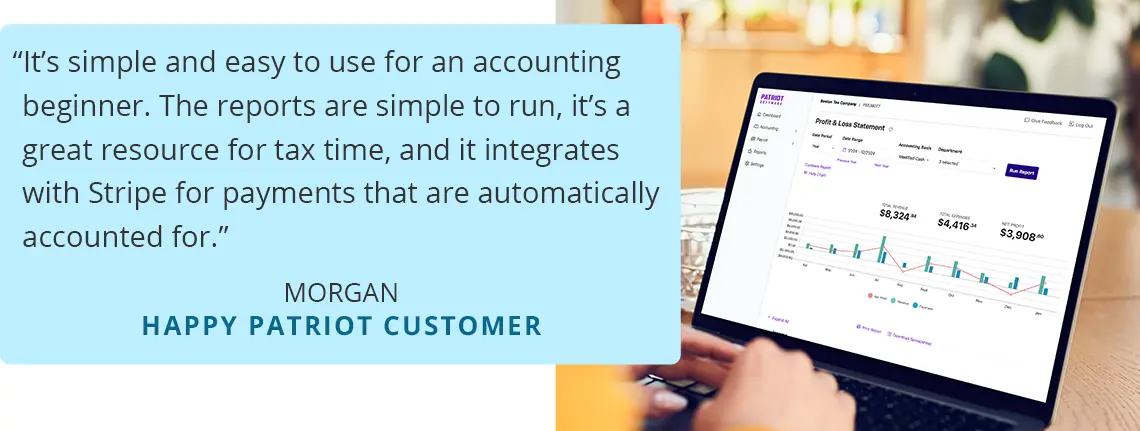Knowing your business’s financial health is key to budgeting, decision making, and implementing change. You can learn about your finances by using financial statements.
To find out your company’s net profits during a specific time, use the income statement or P&L. What is the difference between income statement vs. P&L?
P&L vs. income statement
P&L is short for profit and loss statement. A business profit and loss statement shows you how much money your business earned and lost within a period of time.
There is no difference between income statement and profit and loss. An income statement is often referred to as a P&L. The income statement is also known as statement of income or statement of operations.
Now that we’ve answered the question surrounding income statement vs. profit and loss, we can address the importance of this statement, as well as how it differs from the other financial statements.
Since profit and loss vs. income statement are actually the same, the terms will be used interchangeably throughout this article.
About the income (P&L) statement
Use the P&L statement to summarize monthly, quarterly, or annual operations. The information can show you where your money is going. Investors and lenders want to see your income statement to assess your business’s risk. And, your accountant can provide financial expertise based on your statement.
You can also use the statement to measure profitability by calculating business financial ratios, like the profit margin and gross margin ratios, from the financial data.
The necessary parts of an income statement include revenues, expenses, and the net profit/loss.
Revenues, or income, are amounts earned from primary business activities, like product sales, or other financial gains. Expenses include amounts you paid, like the cost of goods sold. The bottom line of the income statement is the net profit or loss, depending on if your revenues are more or less than your expenses.
The title of the income statement will vary depending on the period you want it to cover. Here are some examples of titles you could use:
- For the Six Months Ended June 30, 2017 (January 1 – June 30)
- The Fiscal Year Ended December 31, 2017 (January 1, 2017 – December 31, 2017)
P&L statement vs. other financial statements
The income statement might be the same as the P&L, but it is different from the other financial statements. There are three main financial statements, including the income statement, balance sheet, and cash flow statement.
The income statement summarizes income and expenses. The balance sheet shows assets, liabilities, and owner’s equity. The cash flow statement summarizes your incoming and outgoing money from operations, investing, and financing.
Income statement vs. balance sheet: The income statement answers whether the business is profitable whereas the balance sheet shows what a company is owed and what it owns.
The income statement shows information during a set period of time. On the other hand, the balance sheet shows the company’s financial position during a specific point in time.
P&L statement vs. cash flow statement: Unlike the income statement, the cash flow statement summarizes where cash comes from as well as where cash goes. The cash flow statement is affected by late paying customers—if someone does not pay, you will have less cash on hand during that time period.
You can create a cash flow statement in one of two ways: indirect or direct. If you use the indirect method, you need to use your income statement’s net profit or loss. The last line of the income statement is the first line of the cash flow statement.
Patriot’s online accounting software tracks income and expenses and lets you create financial statements in the system. We offer free, USA-based support. Get your free trial now!
This article is updated from its original publication date of December 8, 2017.
This is not intended as legal advice; for more information, please click here.




